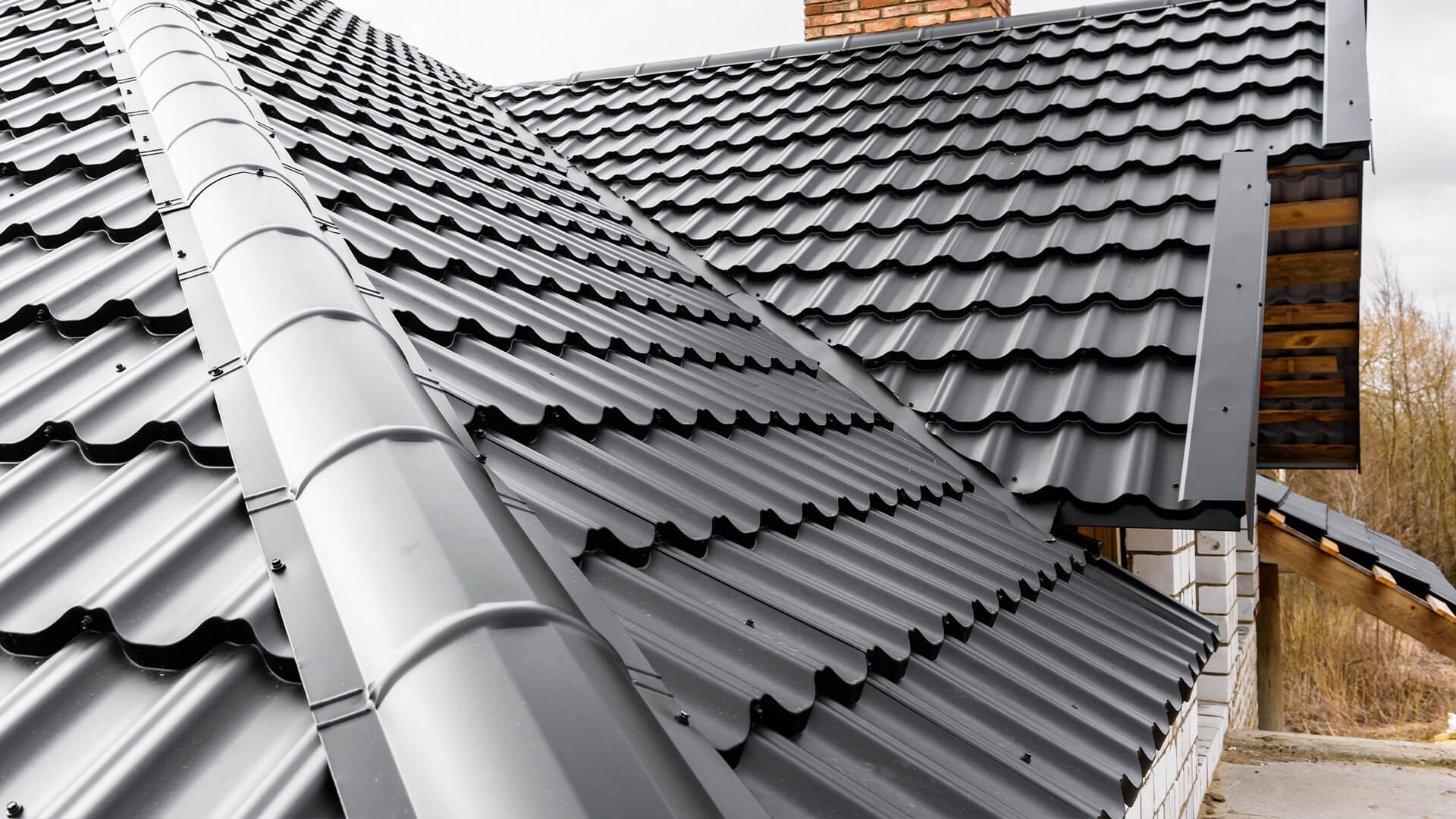Finest Practices for Ensuring Correct Roof Covering Air Flow
Making certain appropriate roof air flow is essential for the long life and performance of a roof covering system. A balanced intake and exhaust vent proportion, commonly 1:300, plays a crucial duty, with consumption vents ideally positioned at the lower edge of the roofing for cool air entry and exhaust vents at the top for warm air exit. Regular assessments to determine blockages and keep clear air movement are extremely important. Additionally, keeping insulation away from vents is important to protect against air flow limitation. Recognizing these foundational aspects sets the phase for more detailed insights right into installment and maintenance methods that can dramatically enhance your roof's performance.
Understand Air Flow Basics
Appropriately recognizing air flow essentials is important for guaranteeing the long life and effectiveness of roof systems. Effective air flow minimizes dampness buildup and temperature extremes in the attic, both of which can lead to significant structural damage in time. A well-ventilated roofing assists in protecting against common problems such as mold growth, wood rot, and ice dams, which can jeopardize the honesty of the roof covering materials and the underlying frameworks.
The main objective of air flow is to help with the motion of air, enabling for a regular exchange in between the outside and indoor environments. This balance is achieved via a combination of intake and exhaust vents that interact to preserve optimal air movement. Consumption vents, usually situated along the eaves or soffits, allow fresh air to go into the attic room space, while exhaust vents, usually located at or near the roofing system ridge, make it possible for warm, humid air to get away.
Key elements affecting the effectiveness of roof ventilation consist of appropriate positioning, ample sizing, and ensuring that both intake and exhaust vents are unobstructed. Routine inspection and upkeep are important to determine possible blockages, damage, or ineffectiveness in the air flow system, therefore securing the roof covering's efficiency and toughness.
Kinds Of Roof Covering Vents
Roofing system vents play a vital function in maintaining efficient attic room air flow and, by extension, the total wellness of the roofing system. Numerous sorts of roof covering vents are available, each with one-of-a-kind benefits tailored to specific roofing requirements. Ridge vents, for example, are mounted along the roof's top, enabling cozy, damp air to leave from the attic room. They provide constant ventilation and blend perfectly with the roofline, making them both reliable and aesthetically pleasing.

Soffit vents are set up under the eaves and operate in tandem with roofing vents to make certain a well balanced consumption and exhaust system. By permitting cooler air to go into from below, soffit vents assist in the expulsion of warm air with upper vents. Gable vents, situated on the exterior walls of the attic, deal one more effective option, specifically in homes with gable roofs.
Analyze Your Existing Air Flow

Following, think about the age and problem of your roof materials and ventilation parts. Older systems may not conform with existing building ordinance or might have weakened over time, minimizing their effectiveness. Conduct a complete examination to determine any type of indicators of damage, such as rust, damage, or voids that might endanger the system's efficiency.
Additionally, determine the attic temperature and humidity degrees. High temperature levels and moisture can show inadequate air flow.
Setup Best Practices
Reliable installation of roof covering air flow systems is paramount for making certain optimum efficiency and durability. Correct installation starts with recognizing the specific ventilation needs of the roof covering and the structure it covers. This entails determining the appropriate proportion of intake to wear down vents, commonly adhering to the 1:300 rule, which click reference states one square foot of air flow for every 300 square feet of attic flooring area.

The positioning of vents is just as crucial. Consumption vents must be mounted at the roofing system's reduced edge, typically in the soffits, to enable awesome air to enter. Exhaust vents, on the other hand, should be mounted near or at the roofing's height to help with the departure of cozy, wet air. This develops a natural air movement that aids keep temperature level and moisture equilibrium within the attic room area.
Seal all vent links carefully to stop air leaks and potential water infiltration. Usage top quality products and adhere to supplier standards to ensure longevity and efficiency. Furthermore, integrating ridge vents with baffles can substantially boost airflow efficiency by preventing wind-driven rain and snow from entering the attic room.
Eventually, specific installation of roof covering ventilation systems reduces possible problems such as mold development, ice dams, and architectural damages, ensuring the roofing system's stability and the building's overall wellness.
Normal Maintenance Tips
Uniformity in upkeep techniques is basic to ensuring the lasting performance of roof covering ventilation systems. During these examinations, ensure that vents are totally free of particles, nests, and other obstructions that can hinder air movement.
Cleansing the vents is one more important job. Utilize a soft brush or a vacuum to eliminate dirt and particles from consumption and exhaust vents. Beware not to damage the vent displays or louvers during the procedure. In addition, evaluate the attic room area for any signs of water damages, which could compromise the honesty of the roof system.
Proper insulation is similarly crucial. Guarantee that attic room insulation does not block the vents, as this can badly restrict airflow. Rearrange or change it to preserve an efficient obstacle. if any insulation has actually changed or settled.
Lastly, change any type of damaged or missing out on elements quickly. Busted vents, fractured roof shingles, or deteriorated blinking can all contribute to inadequate ventilation and ought to be dealt with right away. Routine upkeep makes sure that the roofing air flow system operates optimally, thereby extending here the life expectancy of the roof covering itself.
Conclusion
Making certain proper roof covering air flow is extremely important for maintaining the effectiveness and durability of a roof. Adherence to the 1:300 intake and exhaust air vent proportion, paired with the critical positioning of vents, is important. Routine semiannual evaluations, debris cleaning, and making sure insulation does not obstruct air movement are important techniques. Applying these best practices will certainly promote a well-ventilated roof covering system, consequently reducing prospective problems related to moisture accumulation and excessive heat, eventually prolonging the roofing system's life-span.
A well balanced consumption and exhaust air vent proportion, frequently 1:300, plays a critical function, with intake vents preferably put at the reduced side of the roof covering for amazing air entry and exhaust vents at the top for cozy air departure. Intake vents, normally located along the eaves or soffits, allow fresh air to go into the attic room, while exhaust vents, frequently situated at or near the roof ridge, make it possible for warm, damp air to get away.
Soffit vents are mounted under the eaves and job in tandem with roof vents to make certain a balanced consumption and exhaust system. By allowing cooler air to go into from below, soffit vents help with the expulsion of warm air through upper vents. Adherence to the 1:300 intake and exhaust vent ratio, coupled with the critical positioning of vents, is necessary.